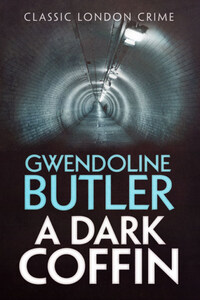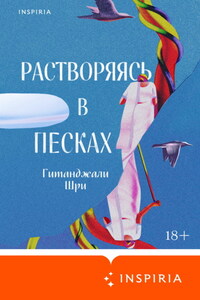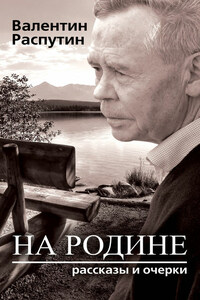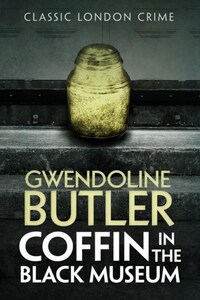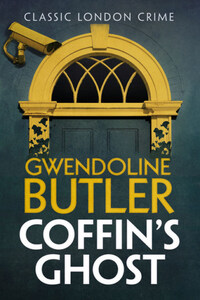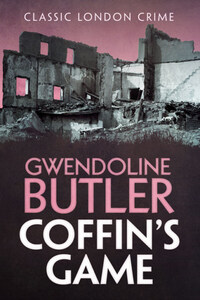Published by HarperCollinsPublishers Ltd 77–85 Fulham Palace Road Hammersmith, London W6 8JB
http://www.harpercollins.co.uk
First published in Great Britain by HarperCollinsPublishers 1995
Copyright © Gwendoline Butler 1995
Gwendoline Butler asserts the moral right to be identified as the author of this work.
Cover layout design © HarperCollinsPublishers 2014
Cover photographs © Shutterstock.com
A catalogue copy of this book is available from the British Library.
This novel is entirely a work of fiction. The names, characters and incidents portrayed in it are the work of the author’s imagination. Any resemblance to actual persons, living or dead, events or localities is entirely coincidental.
All rights reserved under International and Pan-American Copyright Conventions. By payment of the required fees, you have been granted the non-exclusive, non-transferable right to access and read the text of this e-book on screen. No part of this text may be reproduced, transmitted, down-loaded, decompiled, reverse engineered, or stored in or introduced into any information storage and retrieval system, in any form or by any means, whether electronic or mechanical, now known or hereinafter invented, without the express written permission of HarperCollins.
HarperCollinsPublishers has made every reasonable effort to ensure that any picture content and written content in this ebook has been included or removed in accordance with the contractual and technological constraints in operation at the time of publication.
Source ISBN: 9780006497103
Ebook Edition © JULY 2014 ISBN: 9780007545438
Version: 2014-07-08
It’s all very well, all this sympathy with Jekyll, but what do you think it’s like being Hyde – shut up inside all the time and only let out, escaping, when you can? And knowing all the time that you are fertile, and may breed worse than yourself.
Jekyll and Hyde and another Hydelet, eh? Well, think about it. And Hyde doesn’t like Hyde’s face any better than the world does. Hyde has eyes to see, and ears to hear. What Hyde sometimes lacks is a voice to speak.
All theatres have their own histories, their heroic moments, their tragedies, and their own ghosts. It is what gives them their colour, their character.
St Luke’s Theatre in the New, the Second City of London, had a short history as a theatre, with not much chance to build up stories and ghosts. It was the creation of Stella Pinero, the actress wife of John Coffin, distinguished policeman, Keeper of the Queen’s Peace in the Second City. Stella had had the idea of making a theatre here in her husband’s bailiwick, and it had prospered. She had seen it grow from a small outfit to one which now had a main theatre, a smaller theatre workshop where more experimental productions could be mounted, and a fledgling drama school which worked in conjunction with one of the newest universities in the Second City. And soon, her theatre would have its own festival for two weeks in the summer. (After Ascot and Wimbledon and just as the schools broke up for their holidays.) The first festival was being organized and Stella was hopeful for a royal patron. Maybe a Princess?
But if St Luke’s Theatre was new, it was housed in an old building. Stella had made use of an old church, bombed and fallen into disuse. She had rescued it from a future as a Bingo Hall. In the tower of the converted church, she and her husband had an apartment of great attractions with a splendid view towards the river, and perhaps less convenience if you lived up a winding staircase with rooms on every floor and a cat and a dog asking to be let out.
Coffin had received a quiet, unofficial backroom hint that the next Honours List could see him with a knighthood, but even if it was a life peerage, they would never move. It was so convenient being next to the theatre. You could almost say their marriage was founded on it.
St Luke’s was a grey stone building, solidly constructed by its Victorian builder, who had been his own architect, with plenty of marble and decorative fretwork; it was not beautiful but it had charm. It had been built upon an older church, which had itself rested upon an Anglo-Saxon foundation. People said that a Roman temple had been the original holy spot whose dangerous powers had been exorcized by the planting of a church there by the early fathers of the English Church.
It was a workmanlike building, sitting upon the ground with some heaviness.
‘It has such a comfortable, good feel, hasn’t it?’ enthused Stella. ‘You feel so safe here.’ She looked happily towards the stage which stretched out towards the audience with no sub-barrier. Stella belonged to the theatrical generation which had found the abolition of the proscenium arch exciting, so inevitably, when she had a theatre to plan, it had had to have a great apron stage stretching out into the audience which camped out all round it. Owing to the architecture of the church, two great pillars stood one each side or the roof would have fallen in, so there were created two boxes looking curiously royal. They were dark, and not much used as the sight lines were bad, and represented a problem. No one liked them. But Stella had seen to it that the seats in them were comfortable and were protected behind by a fretted screen. She called one the Royal Box, although no Queen had so far sat in it. The other box she called the Author’s Box and there was a bust of Shakespeare in it, to prove it.
